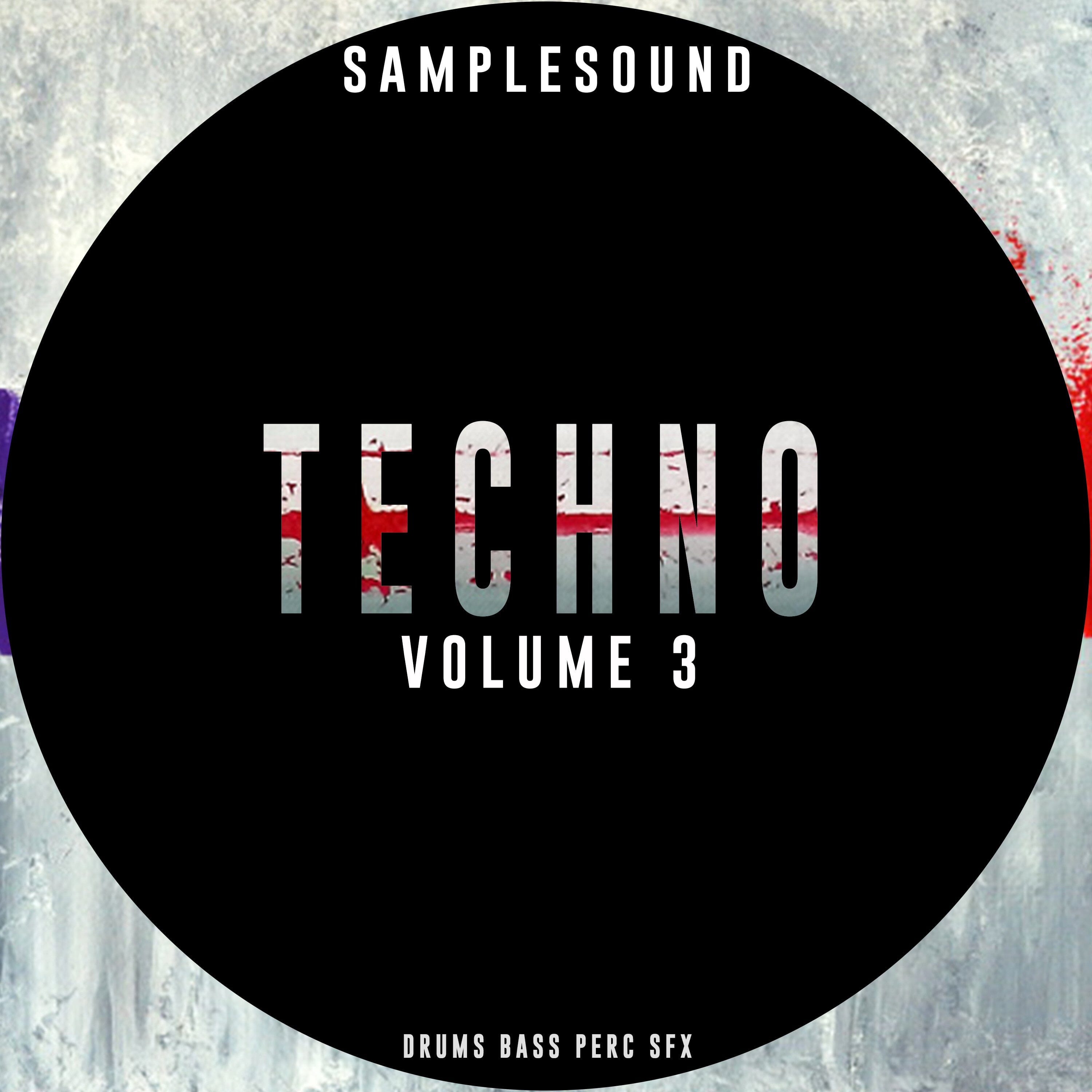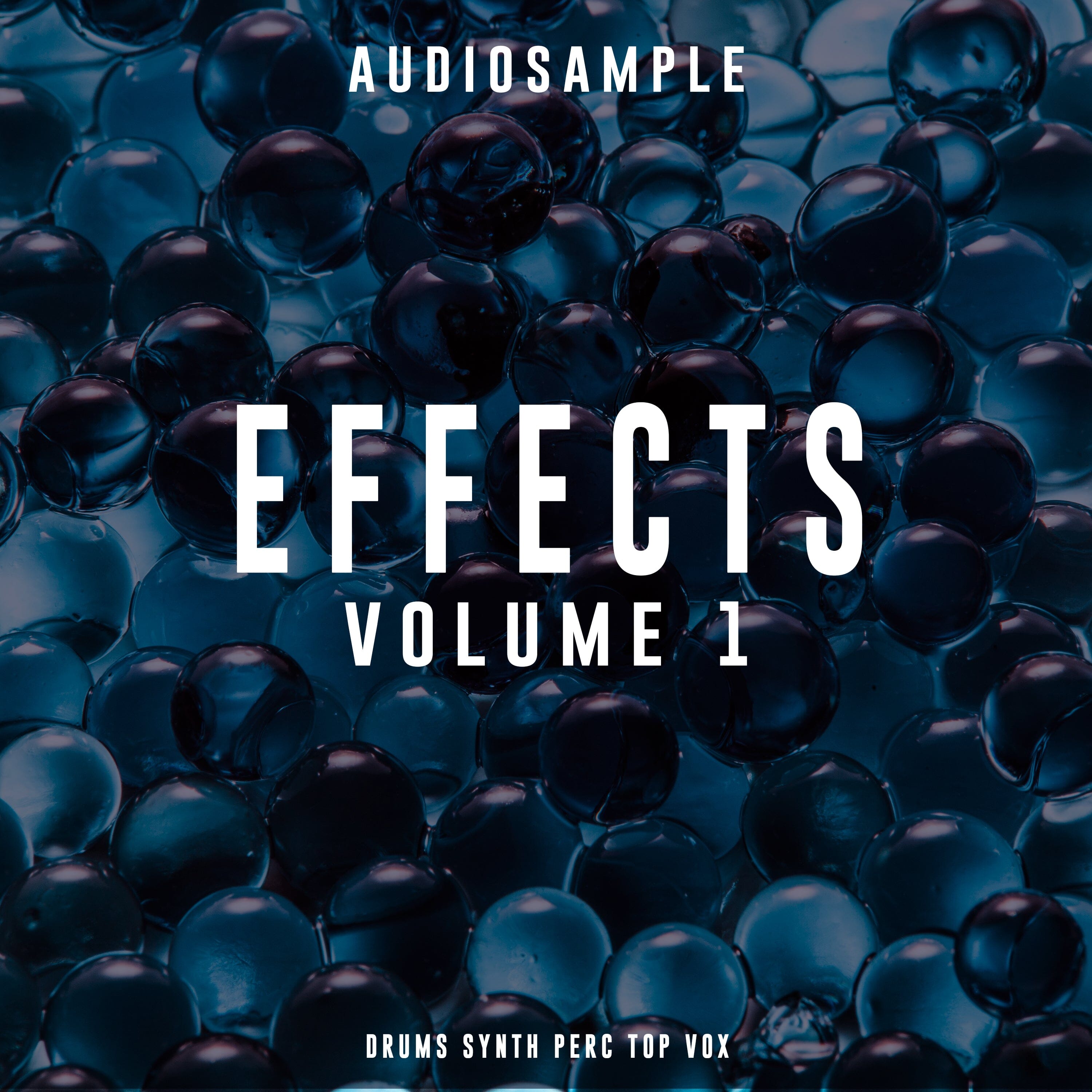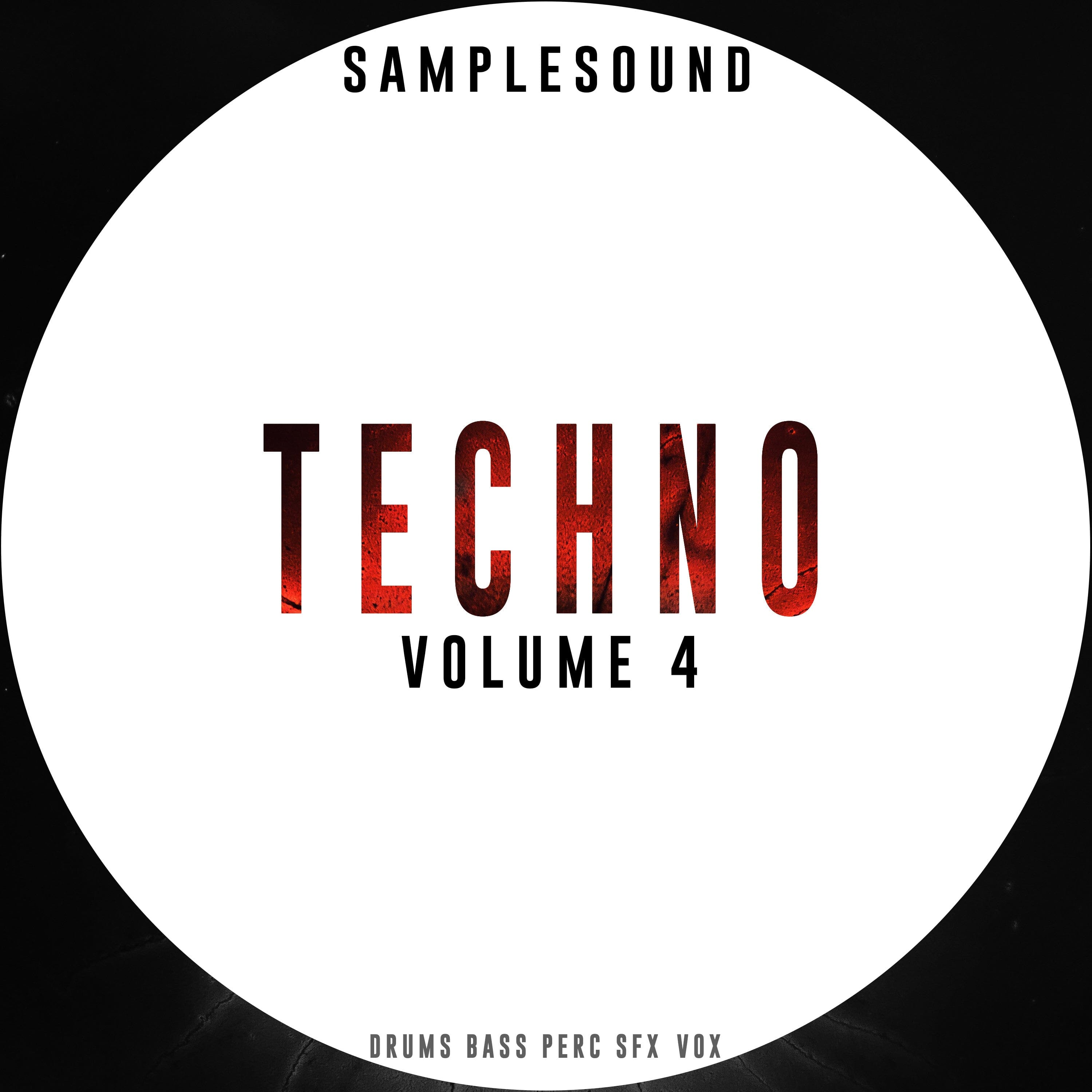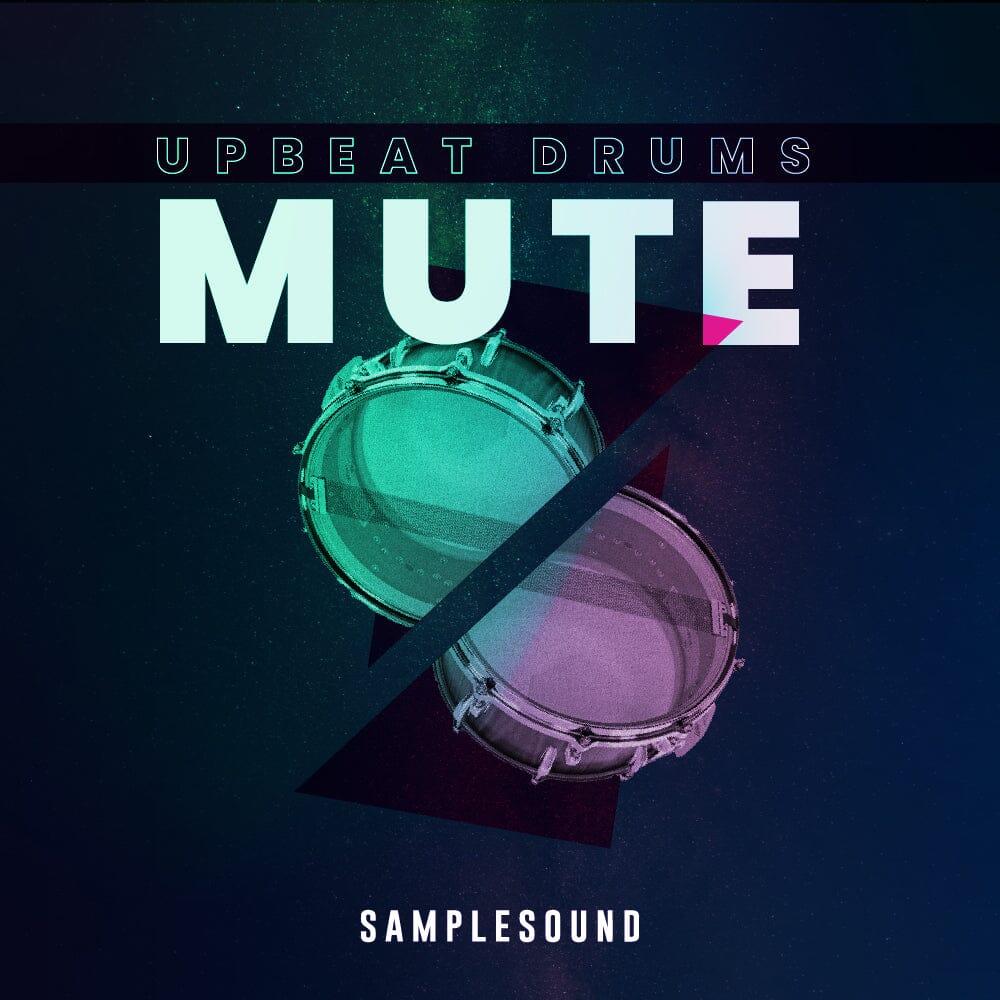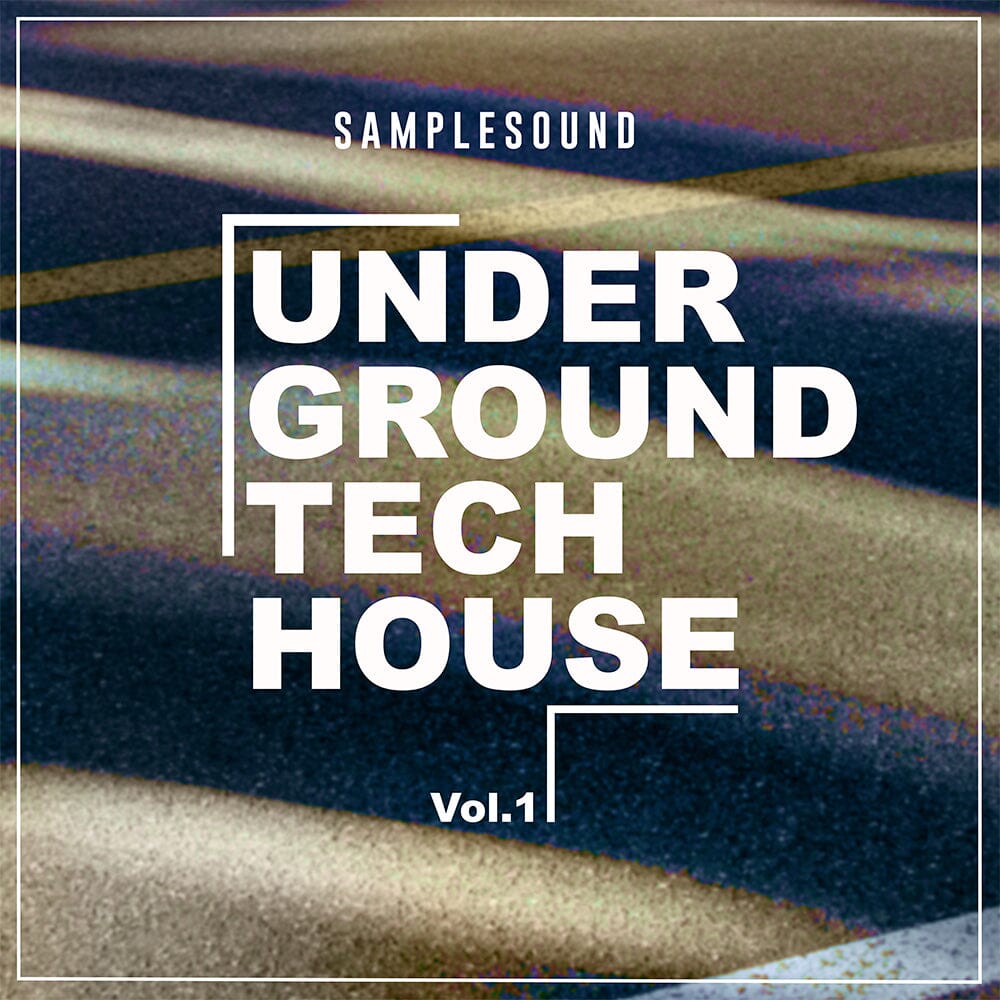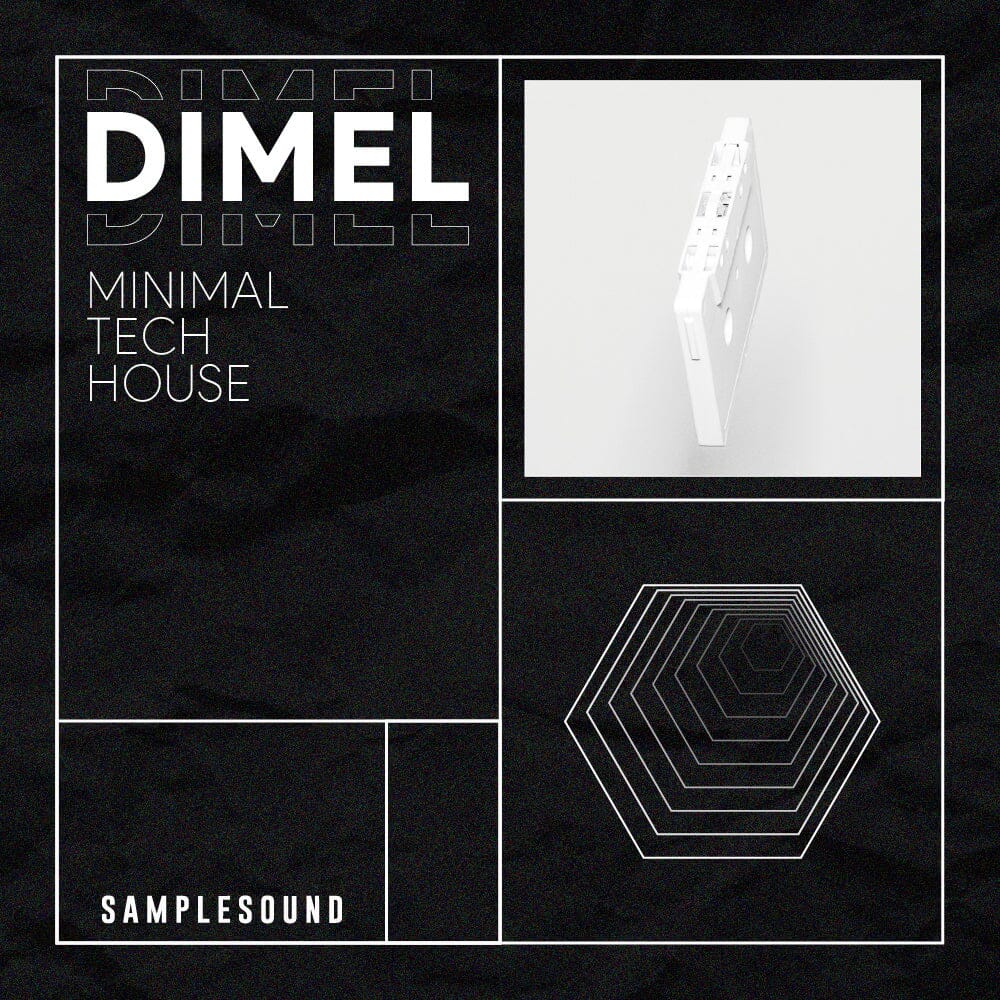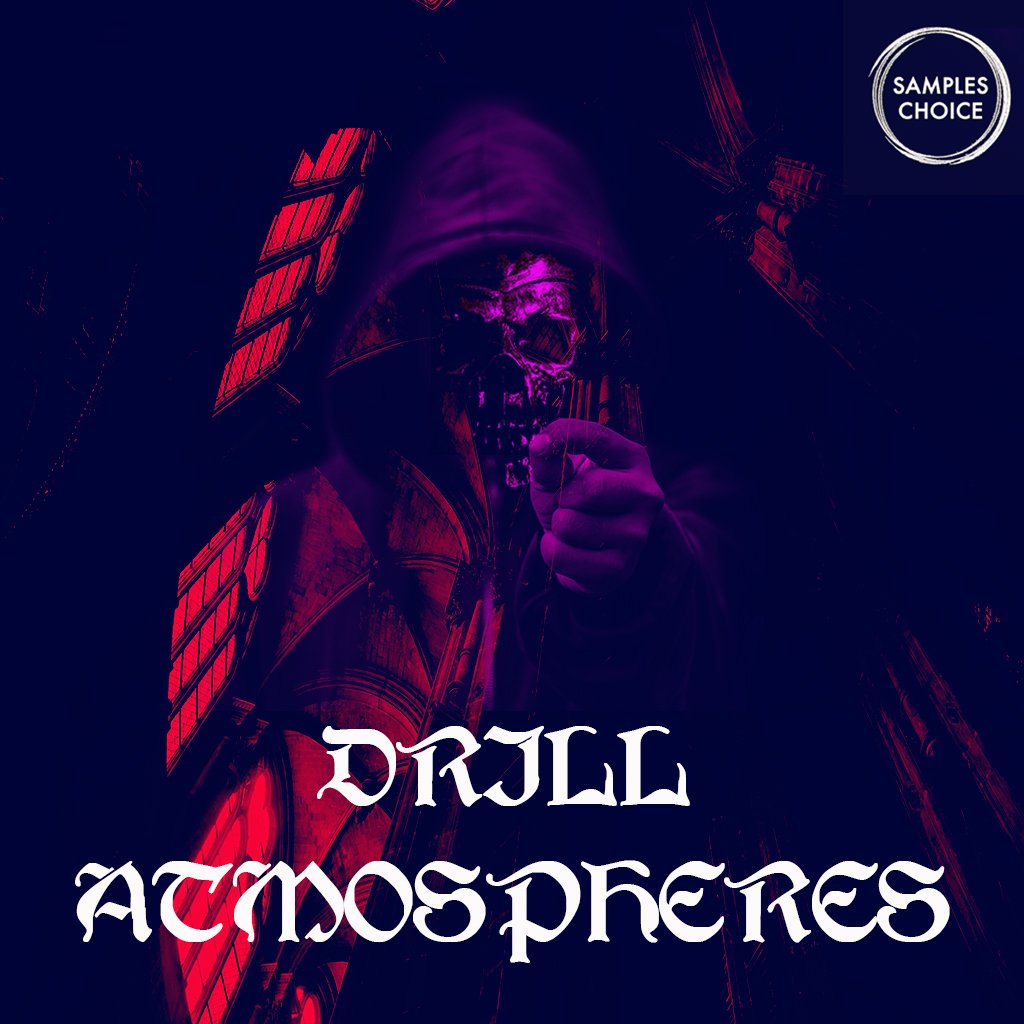Producing a killer techno track in your studio is one thing — making it shake the walls of a club is another. What sounds tight and punchy on headphones or nearfield monitors can easily turn muddy, distorted, or weak when played through massive club systems.
If you want your track to hit — to move air, make the crowd feel every kick, and keep energy levels high all night — you need to prepare it specifically for big PA systems.
This guide walks you through the essential steps: from mixing and mastering considerations to testing your tracks and avoiding common mistakes.

Mixing for Large Systems
Mono Compatibility Is Key
Most club systems run in mono or have heavily mono-summed subs. That lush stereo bassline you love? It could vanish on a club rig if it’s not checked.
- Always check your mix in mono — collapse your master bus regularly.
- Keep everything under ~120 Hz strictly mono. Use stereo width only on higher frequencies.
- Use a goniometer or correlation meter to monitor phase issues.
Sub-Bass and Kick Balance
The kick and sub are the foundation of any techno track. If they clash or fight for space, the entire low end will collapse on a club system.
- High-pass everything that doesn’t need low frequencies.
- Sidechain your bass to the kick — keep it subtle; avoid excessive ducking.
- Sweep EQs around 40–80 Hz to carve space for the kick fundamental.
Leave Headroom
Over-compressed mixes may sound loud in your studio but distort horribly on big rigs.
- Keep your master peaking at around -6 dB before mastering.
- Avoid brickwall limiting during mixing — preserve dynamics.
Loudness and Mastering for Clubs
LUFS Targets
For techno, club standards are usually:
- Integrated LUFS: between -8 and -6 LUFS
- True Peak: stay below -1 dBTP to prevent clipping on club converters
Too much loudness kills punch and tires ears — techno needs to breathe.
Dynamic Range Matters
Preserve transient punch. Use parallel compression instead of crushing everything with a limiter.
Reference Tracks
A/B your track against professional techno releases in the same subgenre to ensure proper low-end, stereo image, and loudness.

Testing Your Mix Before the Club
Even the best studio monitors can’t perfectly replicate a club system. Test in different environments:
- Small Speakers & Earbuds: Check kick and bass clarity on consumer systems.
- Car Test: Low-end buildup or muddy mids show up clearly.
- Pre-Club PA Test: If possible, play it at soundcheck or on a rehearsal system.
Take notes and adjust — small EQ moves can make a massive difference live.
Sound Design Adjustments for Club Impact
Clubs amplify certain frequencies, so design sounds with that in mind.
Kicks That Move Air
- Layer a clean sub tone (sine or low 808) under your main kick for weight.
- Avoid excessive high-end click; harsh transients can be painful at high volumes.
- Adjust tail length — too long muddies the sub; too short loses power.
Percussion That Cuts Through
- Shape transients to keep hats and claps sharp but not piercing.
- Dip EQ around 2–4 kHz to reduce harshness while maintaining presence.
FX and Atmospheres
- Big reverbs can blur a mix; use short, controlled tails for clarity.
- Filter out low frequencies from FX and atmospheres to keep the sub clean.

Common Mistakes to Avoid
- Over-compressing the mix: Kills punch and dynamic movement.
- Ignoring mono compatibility: Leads to disappearing bass or phasey kicks.
- Overcrowding the low end: Sub frequencies turn to mud.
- Mixing too quietly: Tracks collapse when pushed at club volumes.
- Skipping reference tracks: Always compare with proven club bangers.
Make Your Tracks Club-Ready
A great techno track is built in the studio, but it lives in the club. Clean low-end balance, dynamic headroom, mono compatibility, and thoughtful sound design are essential. Every element — from your rumble kick to subtle textures — should feel physical, because techno is felt as much with the body as with the ears.
Ready to Upgrade Your Club-Ready Sound?
The right tools make all the difference. Whether you need punchy kicks, rich analog-style saturation, or precision EQs, our curated selection of VSTs and production software will help you craft tracks that dominate any dancefloor.
👉 Explore Our Software & VST Selection and take your techno productions from studio to stage.



